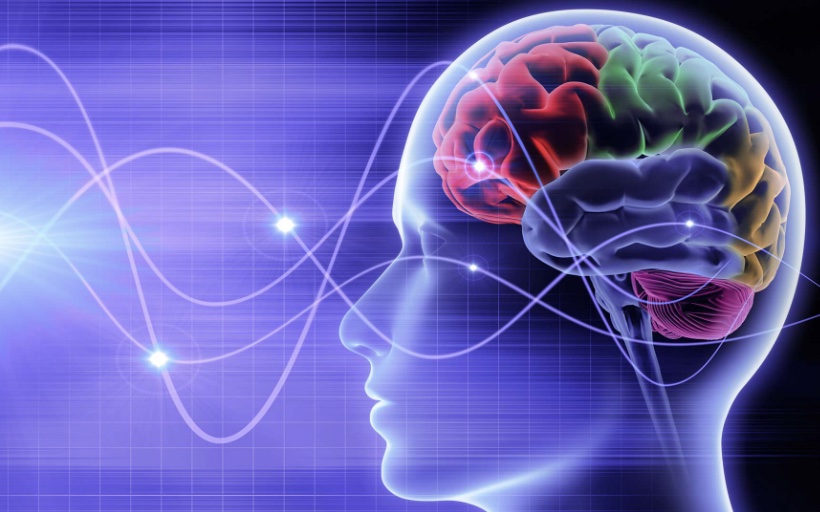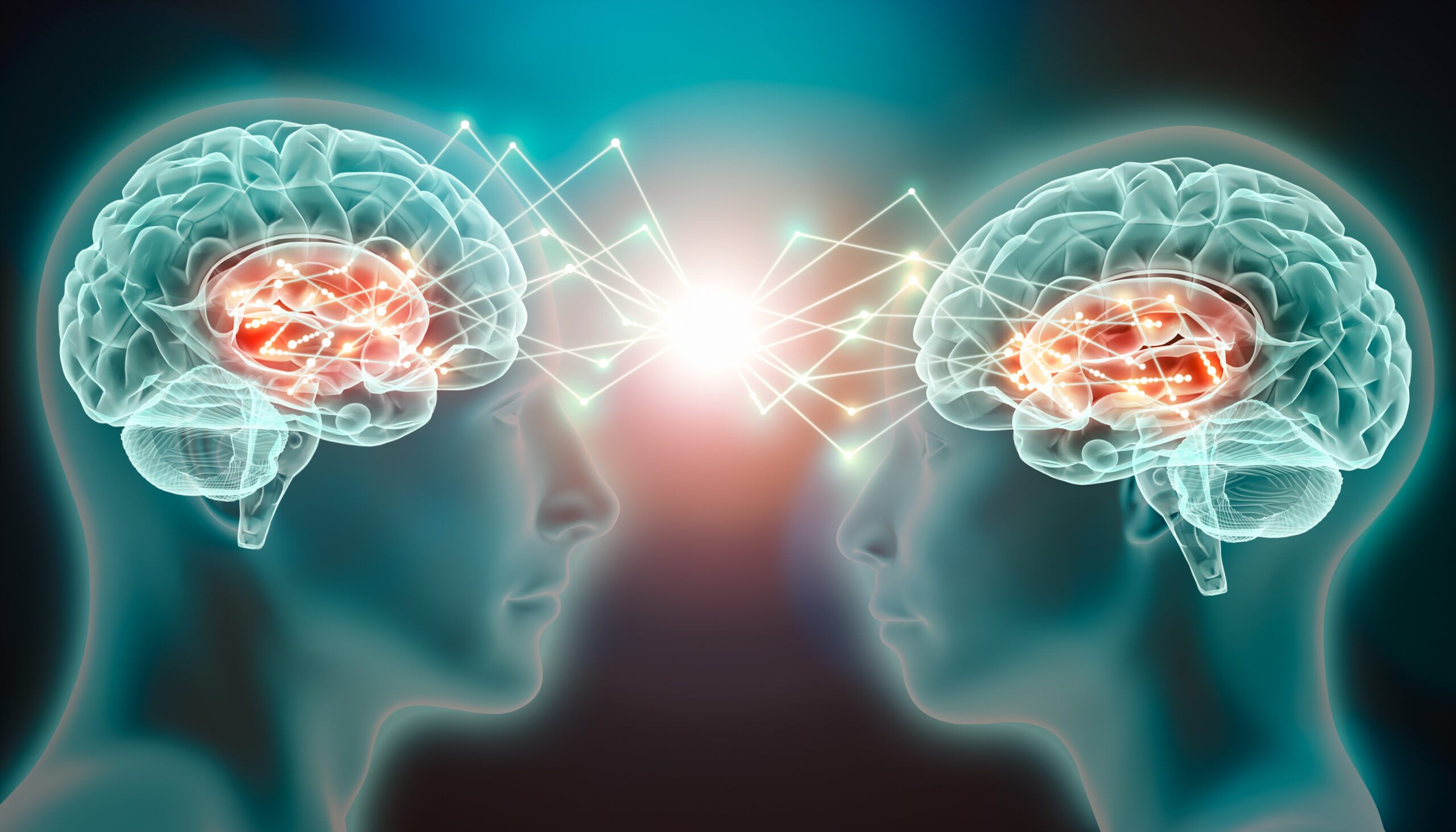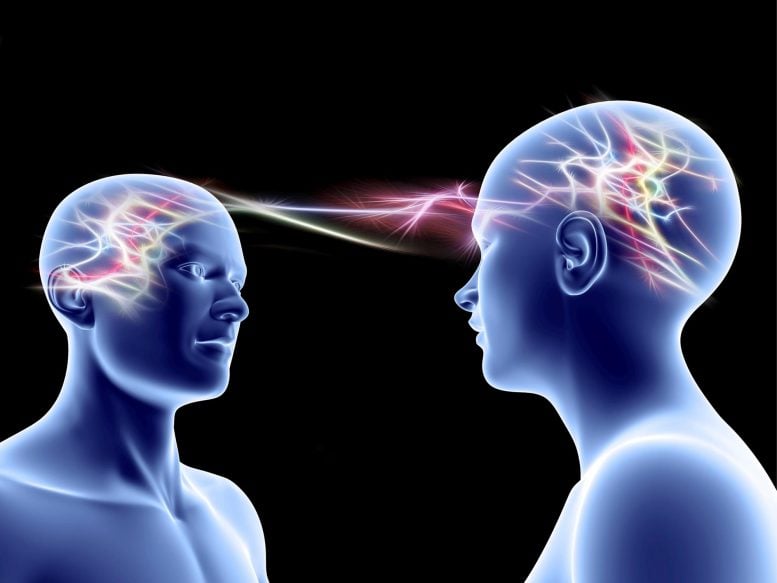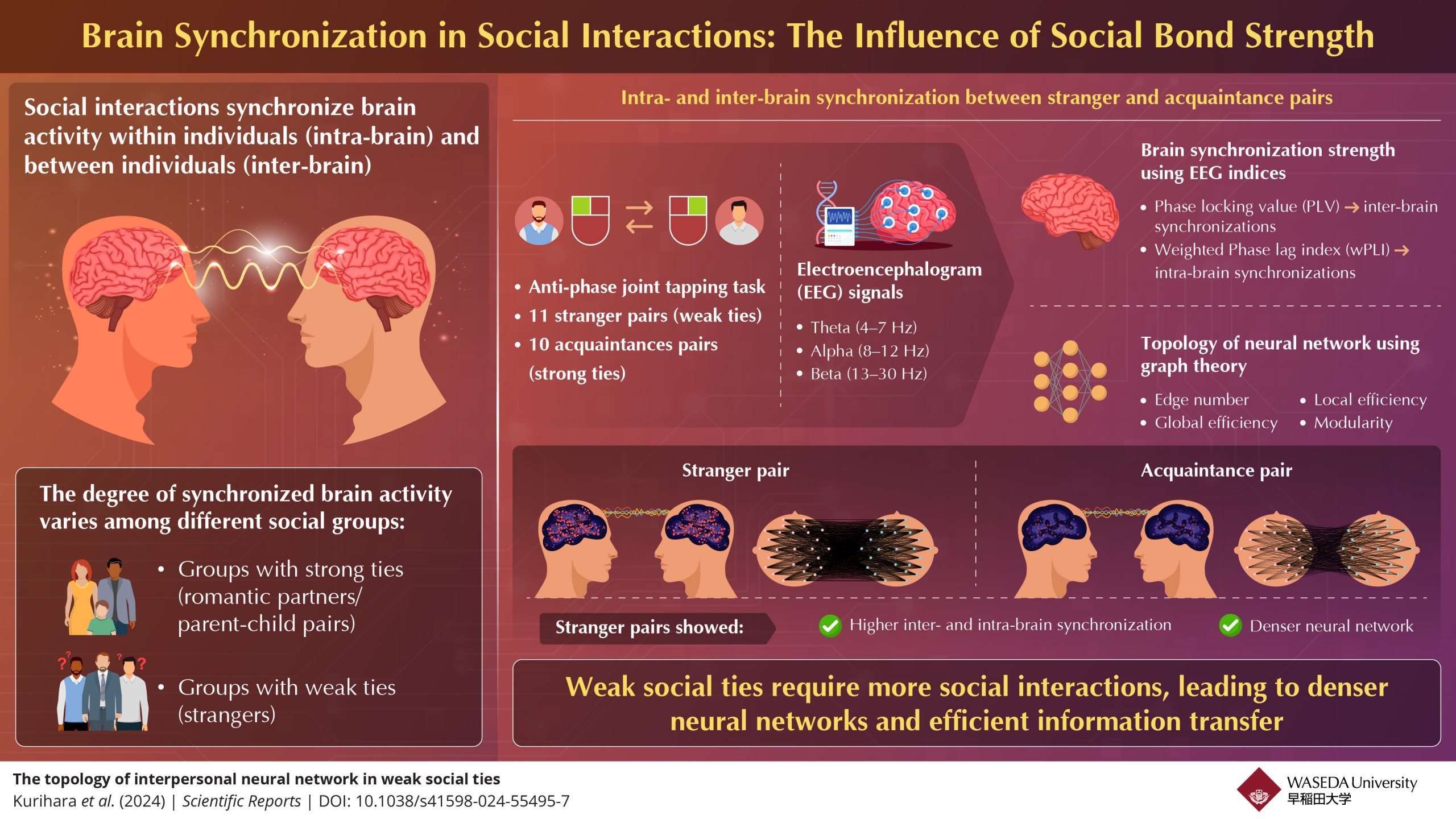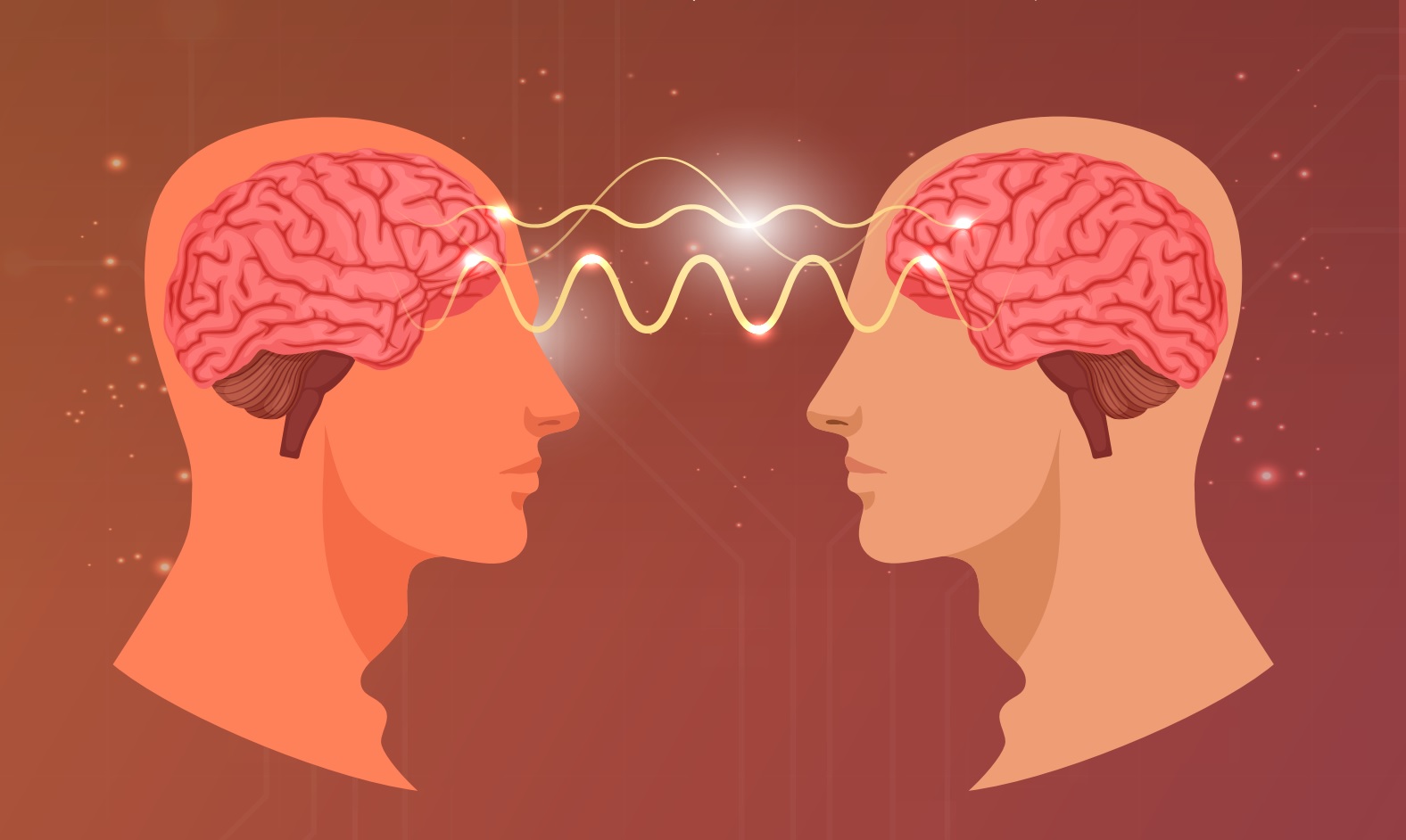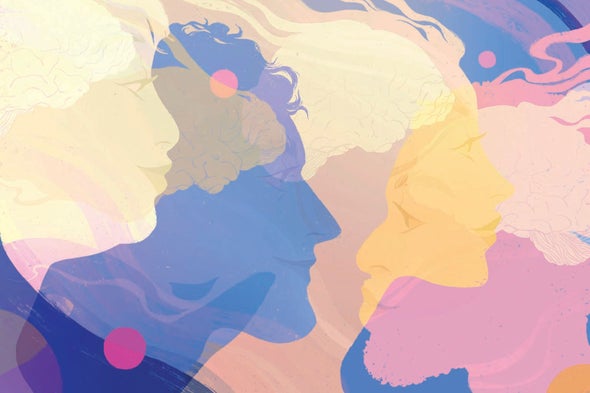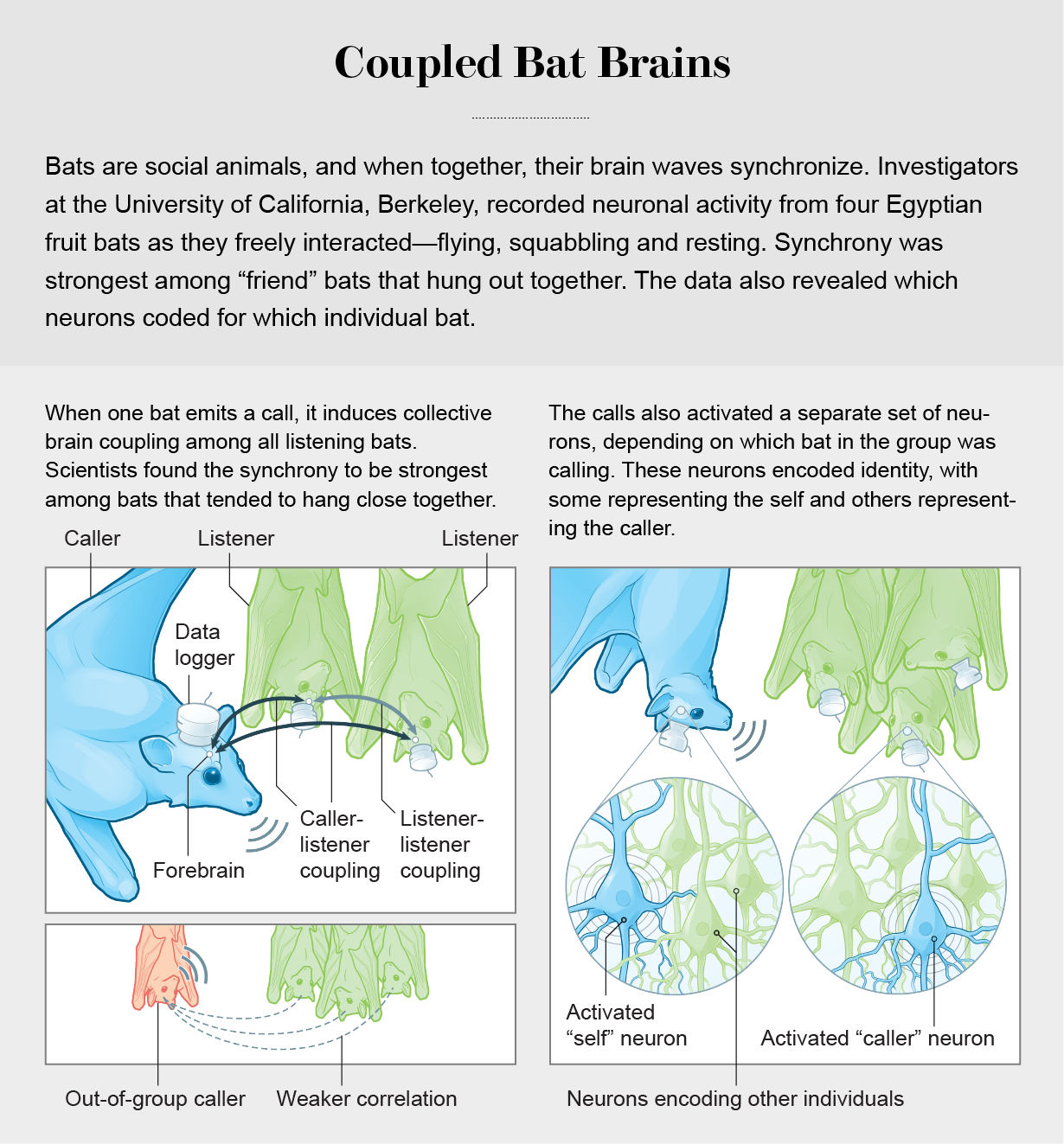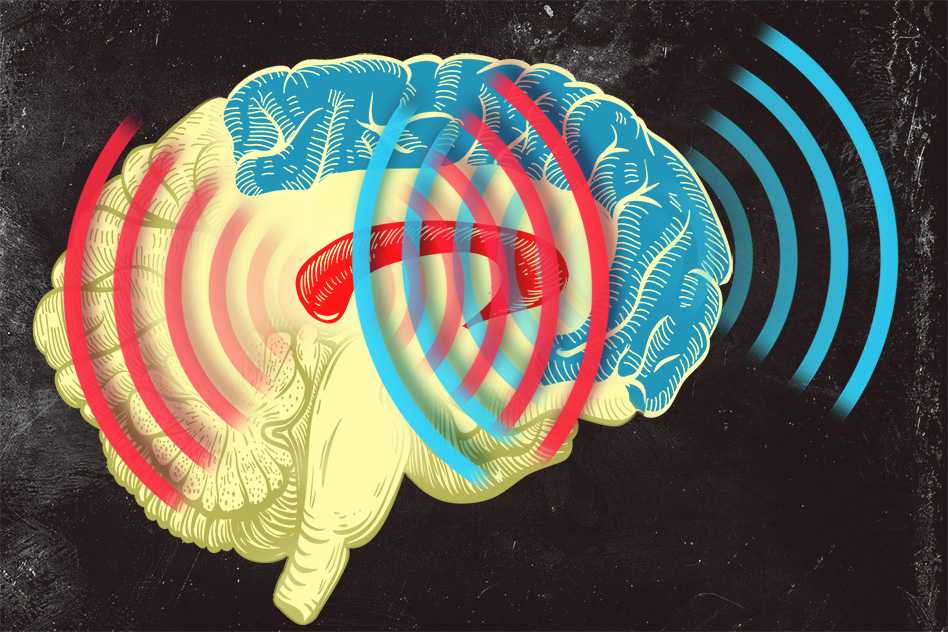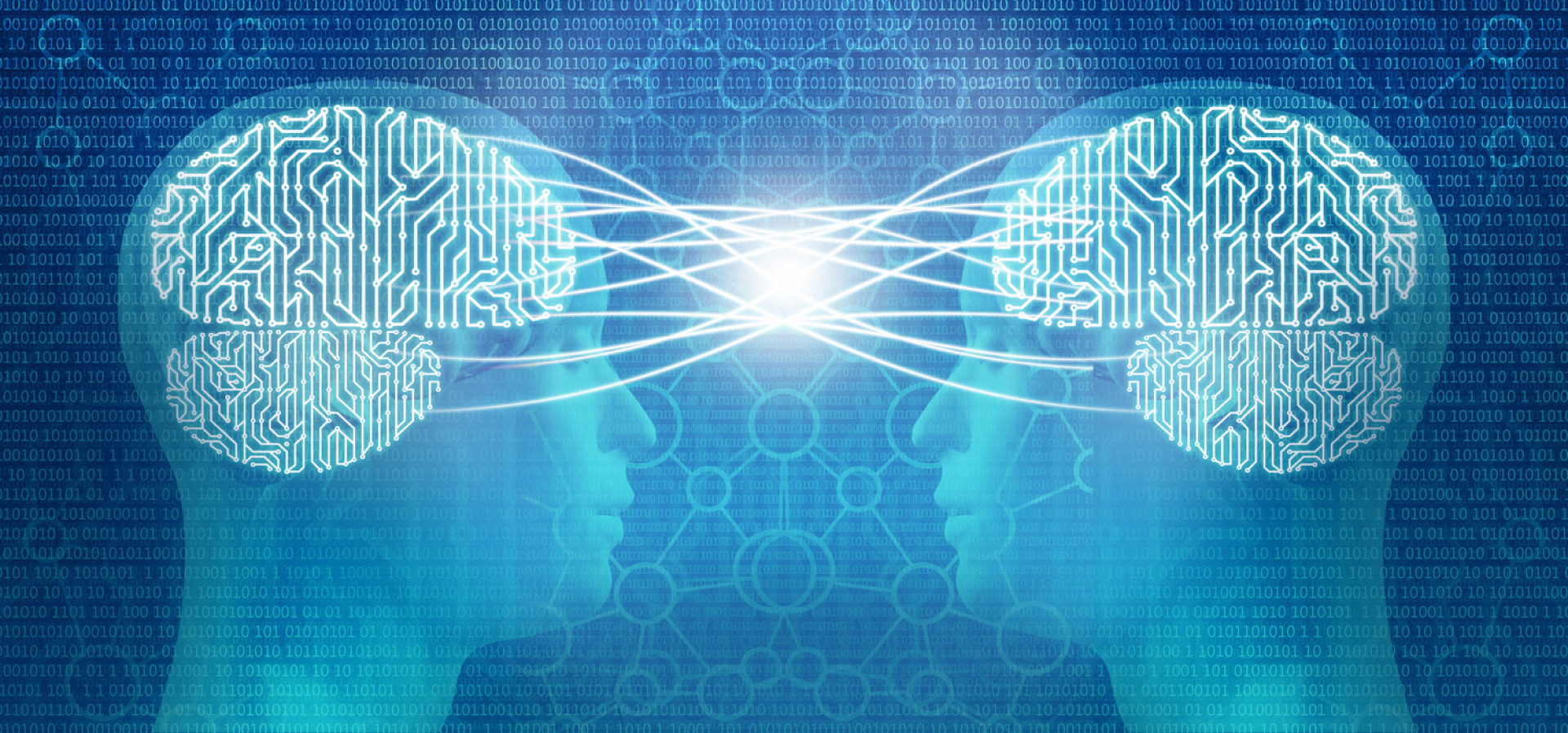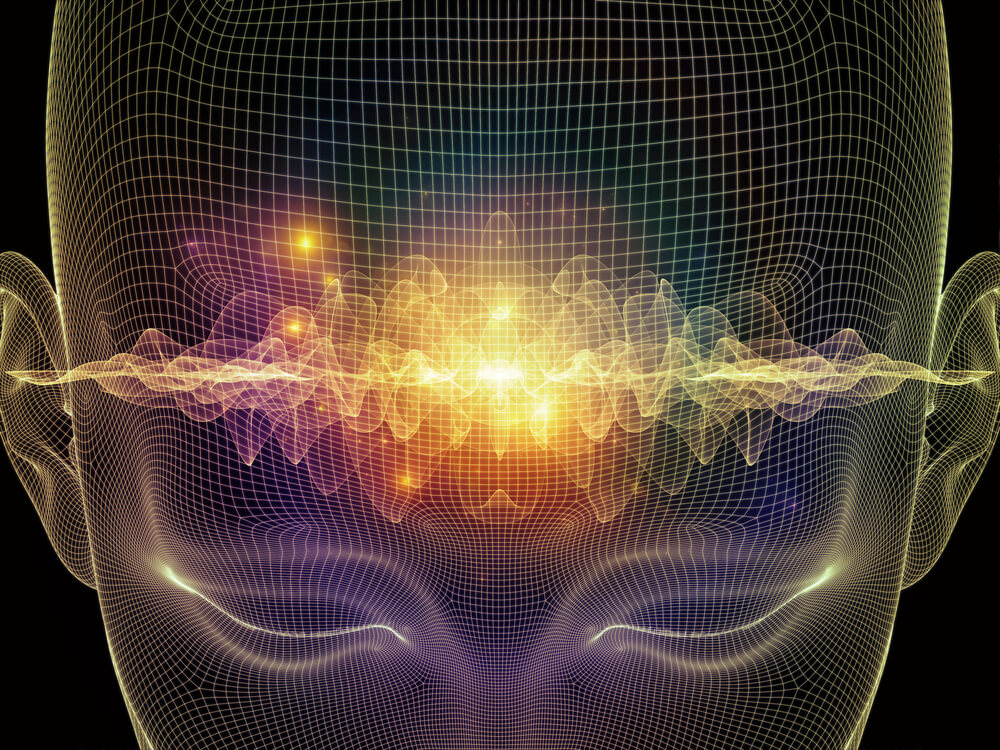Brain Waves Synchronize When People Interact
.png)
In the intricate dance of human connection, something profound happens beneath the surface of conscious awareness. Our brains, those complex networks of electrochemical activity, begin to mirror each other. This phenomenon, known as brain wave synchronization, is not merely a curious observation but a key to understanding how we empathize, communicate, and build relationships.
At its core, brain wave synchronization reflects a deeper level of interpersonal alignment than previously understood. This synchronization hints at a fundamental mechanism driving social interaction, going beyond simple observation and imitation.
The concept of brain wave synchronization, while captivating, needs careful unpacking. It's not about telepathy or mind-reading, but rather about the measurable alignment of neural oscillations between individuals.
The Science Behind Synchronized Brains
Researchers have been investigating brain wave synchronization for years, utilizing tools like electroencephalography (EEG) and functional magnetic resonance imaging (fMRI). These technologies allow scientists to observe and measure brain activity in real-time, both individually and in groups.
Studies consistently show that when people interact, their brain waves, particularly in certain frequency bands like alpha and beta, tend to synchronize. The degree of synchronization often correlates with the quality of the interaction, the level of empathy felt, and even the success of collaborative tasks.
One seminal study published in the journal Current Biology (citation details available upon request) demonstrated this phenomenon using pairs of participants playing a cooperative game. The researchers found that brain wave synchronization in the frontal cortex, an area associated with higher-level cognitive functions, was significantly higher when participants successfully coordinated their actions.
How Synchronization Happens
The mechanisms underlying brain wave synchronization are still being explored, but several theories have emerged. One prominent explanation involves the concept of neural entrainment.
Neural entrainment suggests that one person's brain activity can influence another's through various sensory channels. For instance, the rhythmic patterns of speech, facial expressions, and body language can act as external stimuli, driving the brain activity of the listener or observer to align with the speaker.
Another theory emphasizes the role of mirror neurons. These specialized neurons, found in various brain regions, fire both when we perform an action and when we observe someone else performing the same action. This "mirroring" activity is thought to facilitate understanding and empathy, potentially contributing to brain wave synchronization.
Implications for Understanding Social Interaction
The discovery of brain wave synchronization has far-reaching implications for our understanding of social interaction. It provides a neural basis for many of the subjective experiences we associate with being social, such as feeling connected, understood, and empathized with.
For instance, research suggests that brain wave synchronization plays a crucial role in effective communication. When people are truly "on the same wavelength," their brains exhibit a higher degree of synchronized activity. This synchronization might facilitate the smooth flow of information and promote mutual understanding.
Dr. Sarah Jones, a leading neuroscientist at the National Institute of Mental Health, emphasizes the potential of this research. "Understanding the neural mechanisms underlying social interaction is crucial for developing interventions for individuals with social deficits, such as those with autism spectrum disorder."
Potential Applications
The knowledge of brain wave synchronization is not just theoretical; it has the potential to be applied in various practical settings. One promising area is in the field of education.
Researchers are exploring how to optimize learning environments by promoting brain wave synchronization among students. By creating engaging and interactive learning experiences, educators may be able to enhance student attention, collaboration, and knowledge retention.
Another potential application lies in the development of new therapeutic interventions for individuals with social anxiety or other social difficulties. Biofeedback techniques, for example, could be used to train individuals to consciously modulate their brain activity and improve their ability to synchronize with others.
Challenges and Future Directions
While the research on brain wave synchronization is promising, several challenges remain. One significant challenge is the complexity of the brain itself.
Brain activity is influenced by a multitude of factors, including individual differences, contextual variables, and even the specific task being performed. Disentangling these factors and isolating the specific neural mechanisms responsible for synchronization is a complex undertaking.
Another challenge lies in the limitations of current neuroimaging techniques. EEG, while relatively inexpensive and non-invasive, has limited spatial resolution. fMRI, on the other hand, provides better spatial resolution but is more expensive and requires participants to remain still within a scanner.
Future research will likely focus on developing more sophisticated neuroimaging techniques and computational models to better understand the complexities of brain wave synchronization. Researchers are also exploring the role of various neurotransmitters and hormones in modulating this phenomenon.
Looking Ahead
The study of brain wave synchronization is a rapidly evolving field with the potential to revolutionize our understanding of human connection. As researchers continue to unravel the neural mechanisms underlying this phenomenon, we can expect to see new and innovative applications in various fields, from education and therapy to communication and leadership.
By understanding how our brains synchronize with others, we can gain a deeper appreciation for the power of social interaction and the importance of fostering meaningful connections.
"This is just the beginning," says Dr. Emily Carter, a cognitive psychologist at Stanford University. "As we continue to explore the intricacies of brain wave synchronization, we will undoubtedly uncover even more profound insights into the human experience."

